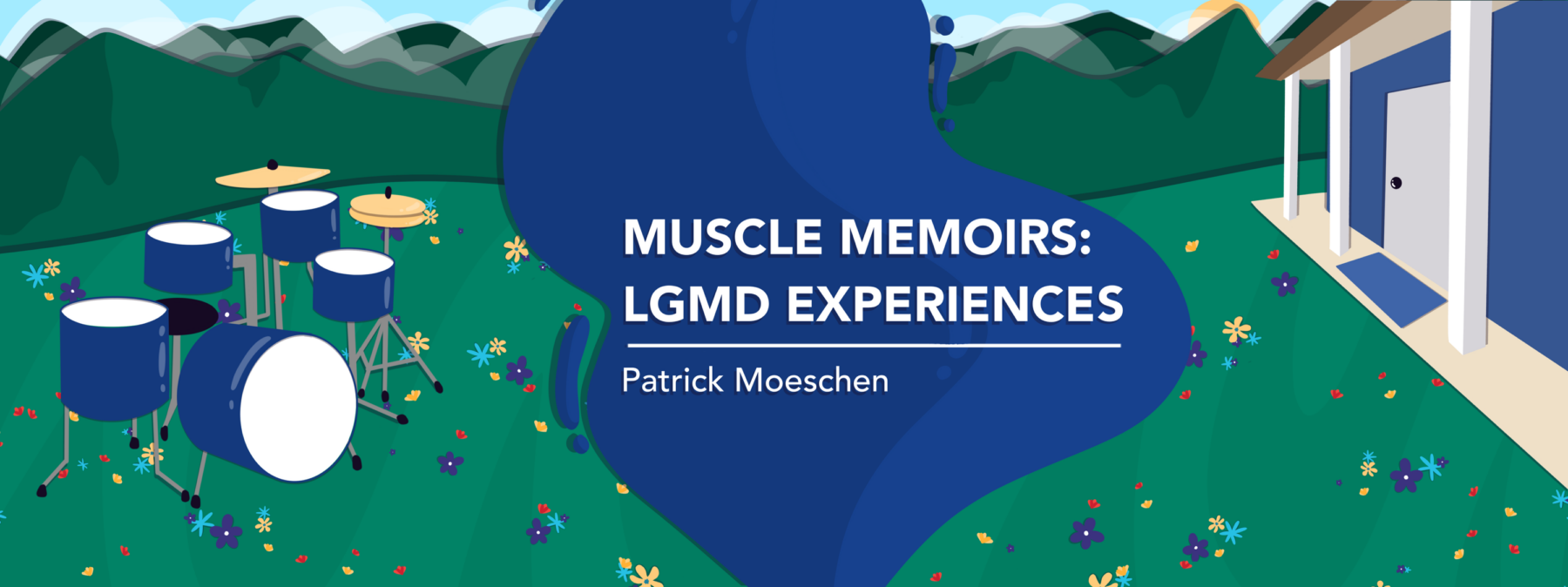Why having my own ‘escape hatch’ is key to my happiness
A columnist uses this tactic to briefly forget about his chronic illness

Roughly four decades into living with limb-girdle muscular dystrophy, I’ve developed numerous ways to thrive. Like many others, I believe in the power of a positive attitude. I try my best to project a positive outlook when communicating with others, whether it’s face to face or by using words in a column that project out into society like ripples in a pond. One concept I’ve returned to time and time again is what I call the escape hatch.
The escape hatch is a mental or physical wormhole that I engage with to forget about my chronic illness for a while in a healthy and positive way. I use it several times a day to varying degrees, depending on how I feel emotionally, physically, and spiritually. I’m happy to share a few examples in the hope that it might prompt an idea or two that will help you open an escape hatch of your own.
Music was my first passion, and as a kid I took drum lessons for many years. Later I decided to turn music and teaching into a career. It took almost 40 years for my muscular dystrophy to advance to the point where I could no longer play. Without realizing it at the time, sitting behind the drums and playing alone or in bands was my first escape hatch. When playing, I didn’t think about muscular dystrophy; I only thought about playing music. That allowed my brain to focus on something uplifting and positive while also bringing joy to myself and others.
Although I can no longer physically play, I often listen to songs on my headphones, close my eyes, and feel my body playing every groove, drum fill, and note as the music hits my ears. It’s still an escape hatch for me, and when I’m lost in song, I don’t think about my condition at all.
I’ve created another escape hatch through my love of traveling. Granted, air travel with a power wheelchair is challenging. Once I arrive at my destination and begin to interact with the local culture, food, sights, and surroundings, my brain is so focused on making experiences and memories that for a little while, I no longer feel like I live with muscular dystrophy.
Take me out to the ballgame
A bucket list item of mine is to catch a game at every Major League Baseball (MLB) stadium, sample the cuisine, and see if I can pull off sitting in wheelchair-accessible seating as close to the field as possible. Those few hours while I’m at a baseball game are an escape hatch. A live game and a hot dog on a warm summer evening seem to be baked into my happiness gene.
In case you’re wondering, I’ve been to 17 of the 30 MLB stadiums as of this writing, and since they keep building new ones, I’ll have to keep traveling. The best wheelchair seats so far? Camden Yards in Baltimore. I’m sorry to opine that the worst are at my home stadium, Fenway Park in Boston. Although they’ve tried to make improvements, the stadium opened in 1912, when wheelchair seating at baseball games wasn’t on anyone’s radar.
Thankfully, we’ve come a long way since then, and other cities’ stadiums allow me to enjoy the baseball atmosphere and continue to access another of my escape hatches.
Of course, at times I reach my escape hatch by simply sitting outside or reading a good book. The point is that living with a chronic illness isn’t only hard on the body; it can also be hard on the mind. Take time each day to plan an escape from thinking about your disability.
I’d love to learn about some of your escape hatches. Please share in the comments below.
Note: Muscular Dystrophy News Today is strictly a news and information website about the disease. It does not provide medical advice, diagnosis, or treatment. This content is not intended to be a substitute for professional medical advice, diagnosis, or treatment. Always seek the advice of your physician or another qualified health provider with any questions you may have regarding a medical condition. Never disregard professional medical advice or delay in seeking it because of something you have read on this website. The opinions expressed in this column are not those of Muscular Dystrophy News or its parent company, Bionews, and are intended to spark discussion about issues pertaining to muscular dystrophy.








Khaled Makarem
God bless you. Always pray that you get better and be cured. You’re strong. Keep the faith ❤️
Can I ask if you don’t mind, how old were you when you lost ability to walk.
Thanks and Regards
Patrick Moeschen
Thank you! I walked until I was 30.
Halsey Blocher
You should let me know when you make it over to a Reds game. It’s not far from where I live. And if you have any interest in the minor leagues, my local team has accessible seats directly behind home plate (the food is pretty good, too).